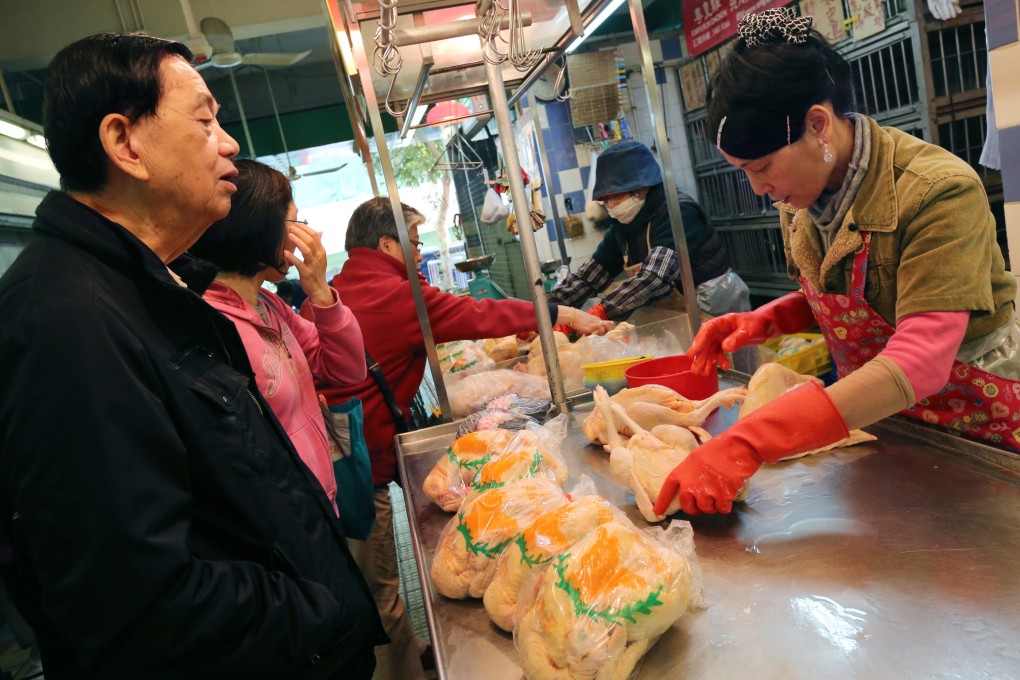New | China's poultry industry wants to hush up bird flu news in damage control bid
Poultry associations send open letters asking government to temper coverage of the outbreak amid billion-yuan losses

China’s poultry industry leaders have asked health authorities to share less information about an outbreak of bird flu, as sales have suffered from an ever increasing death toll.
Authorities should “avoid excessively detailed reports” on infections to prevent further damage to the industry, the report said.
The letter, signed by 1,012 poultry industry executives, said some industry players were facing heavy losses and even bankruptcy due to the disease’s stigma and misinformation by the media over its spread via the birds. Losses so far this year have already amounted to 20 billion yuan, it said.
Guangdong authorities have stopped sharing unsolicited reports on infections with the press over the last days, Xinhua said on Wednesday.
